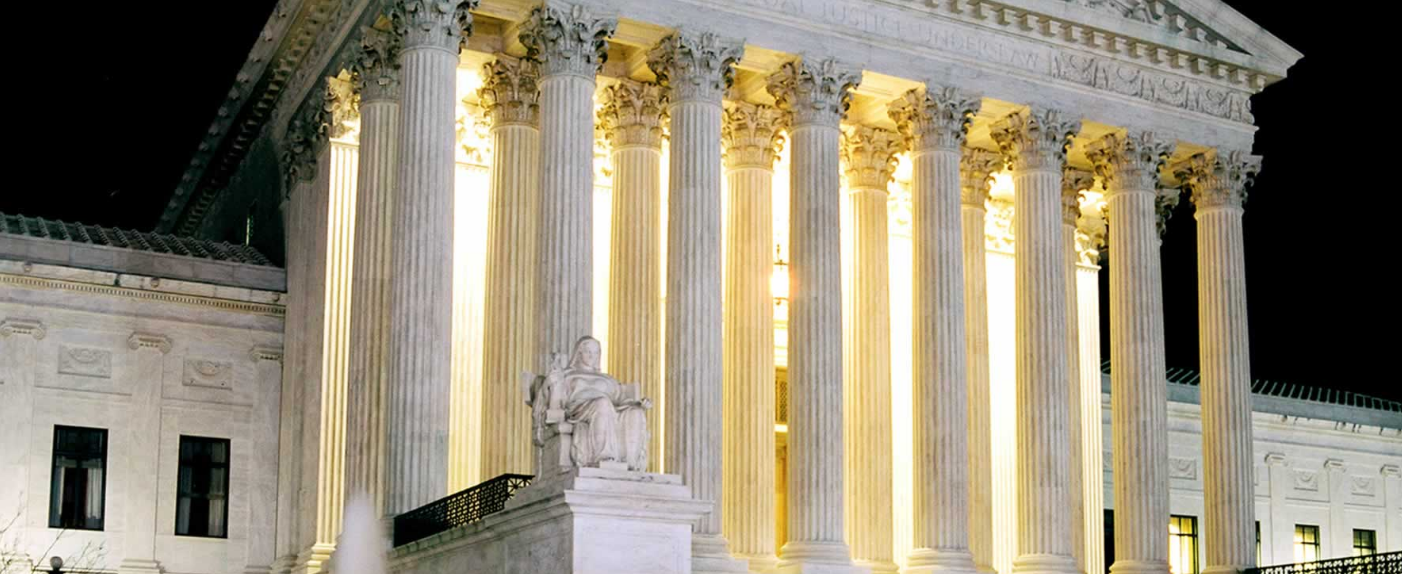We are writing to inform our readers of significant legal developments that may impact municipalities across New Jersey and which may help restore local zoning oversight lost to municipalities on 5G small cell sites from recent FCC rulings and a potential to increase monetization opportunities for towns.
In Loper Bright Enterprises v. Raimondo, the United States Supreme Court is currently reviewing the principle of Chevron deference, a legal doctrine that has long allowed federal agencies like the Federal Communications Commission (FCC) to interpret ambiguous statutory provisions, often to the chagrin of many different categories of industries across the country.
Understanding Chevron Deference
Established in 1984, Chevron deference has enabled courts to defer to federal agencies' expertise when interpreting unclear laws, provided the agency's interpretation is reasonable. This doctrine has been instrumental in shaping regulatory frameworks and ensuring consistent enforcement of federal laws.
Potential Implications for FCC Rulings
A conservative Supreme Court ruling limiting or overturning Chevron deference could have profound effects on the FCC’s authority, particularly concerning recent decisions affecting local governments. Notably, this includes the FCC opinion known as Carr’s ruling, which involves:
Safe Harbor Rents: Standardized rates that municipalities can charge telecommunications companies for placing equipment on public property.
Local Municipal Preemption: FCC measures that limit local regulatory authority over telecommunications infrastructure.
Increased Judicial Scrutiny
If Chevron deference is restricted, FCC rulings like Carr’s could face heightened judicial scrutiny. Courts may no longer defer to the FCC's interpretations, leading to more rigorous challenges by municipalities and other stakeholders.
Increased judicial scrutiny may also present an opening to revise existing ordinances in order to assert more control over placement of 5G small cells in the public right of way and to increase the rates currently set by the FCC’s safe harbor per-pole fees to something that more closely resembles fair market value.
Potential Outcomes for New Jersey Municipalities
More Frequent and Impactful Litigation: Municipalities may be more successful in contesting FCC-imposed rates and preemption of local authority. This could result in increased legal actions and potential delays in infrastructure deployment.
Regulatory Uncertainty: The potential for more frequent and successful legal challenges could create uncertainty around the implementation of FCC regulations. Municipalities may need to prepare for prolonged disputes and adapt to evolving legal standards.
Legislative Intervention: Congress may need to provide clearer statutory guidance, which could either reinforce or revise the current regulatory framework affecting municipalities.
Advisory
Hoplite will continue to monitor any decisions issued by the Supreme Court on the Chevron deference doctrine for our municipal clients and consider its potential impacts on local regulatory practices and infrastructure projects.
It is prudent to prepare for possible shifts in the legal landscape and to assess current Right of Way Use Agreements and Ordinances that might be affected by the forthcoming SCOTUS decision.

